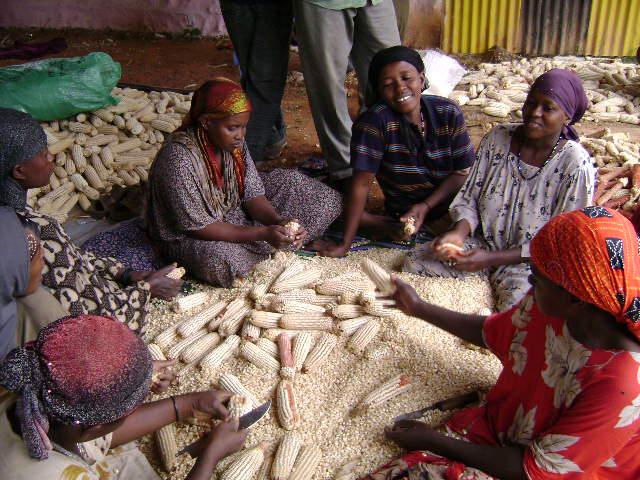Poor cereal storage cost Somali farmers up to $20m annually-report


Somali farmers lose up to 30% of their harvests annually accounting for about $20 million due to poor post-harvest storage techniques, a joint World Bank and FAO report has said.
The report, Rebuilding Resilient and Sustainable Agriculture notes that primitive storage mechanisms prone to disease and damage of produce adds to an already chronic crop shortage in the country.
“Average grain losses in southern Somalia are estimated at 20–30 percent of the harvest and may exceed this range in some cases,” the report released this past week observes. “The loss is on the order of 50,000–80,000 tons of cereals a year, valued at $15–$20 million.”
The report which is a first in the Country Economic Memorandum series says grain storage practices in the main rainfed grain cultivation areas in the Bay and Bakool regions are traditional underground storage pits lined with clay.
This system is highly prone to moisture contamination, particularly during the rainy season, and bacteria and fungi contamination.
This contamination poses serious health risks to consumers including cases of stunted growth, delayed development, liver damage, and liver cancer—have even more serious effects than the economic loss.
They include a significant hazard from aflatoxin, a highly toxic dark mold produced by fungi when grain is not very dry at storage time or is affected later by the seepage of water.
EXPORT STANDARDS
The poor state of produce also limits the prospects of export given the stringent international export standards.
“Somalia has great potential to expand its domestic agricultural market and opportunities to improve its exports of agricultural products,” the report notes but can only realise this by complying with local, regional, and export market requirements and standards.
The post-harvest loss further compounds an already existing crop shortage in the country which according to the report has fallen by half the pre-war period levels. This has forced the country to spend more in imports.
“Agricultural imports rose by a factor of 18, reaching almost $1.5 billion in 2015, up from an annual average of only about $82 million in the late 1980s,” the report notes.